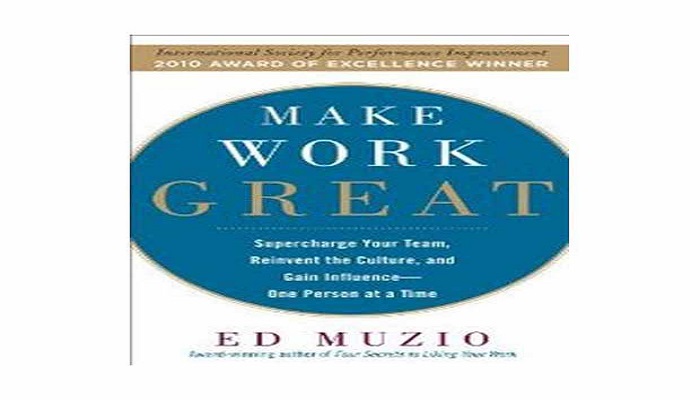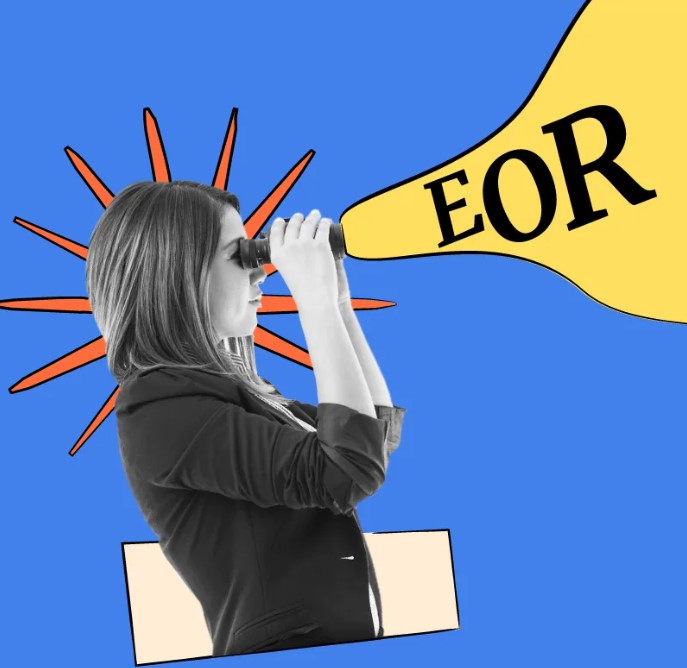There are two main types of people that ride on a bus – the driver and those being driven. Ed Muzio, author of Make Work Great Supercharge the Team, Reinvent the Culture, and Gain Influence One Person at a Time, (McGraw Hill, 2010), believes that to be a “culture builder” in the workplace, being the driver is a better position to be in than to be driven by peers, authority, or expectations.
People tend to blame personal problems at work on others. “They” cause problems. “They” degrade the workplace and make it a miserable place to work. Muzio writes that 20 percent of employees are highly engaged at work while 16 percent are actively disengaged (“they” can be found in that 16 percent).
“Workers are more connected, sending instant messages and text messages to each other at all hours of the day and night via computers and mobile devices . We are linked yet people are also more detached,” writes Muzio
Those That Can Change…Do
There are people in the workplace that are in a unique position to change a less than great workplace. Leaders, managers at any level, or any well-regarded persons that trains or mentors others can become a person of influence.
Muzio offers several don’t do tips when attempting to rebuild a workplace cultural:
-Don’t quit the day job.
-Don’t jeopardize career.
-Don’t compromise ethics.
-Don’t get impatient.
Critical Ratio
Output produced divided by stress created equals the critical ratio. Muzio offers 6 types of overtness and ways to improve the output-stress ratio. Be overt about:
-Purpose
-Impact
-Incentives
-Progress
-Resources needed
-Capability
Clarity and a Crystalline Network
It is vital to have a clarity of purpose when rebuilding a workplace into a great place to work. Clarity is achieved by planning and defining such things as:
-Questions like what is gained by doing this work.
-The approach- who to approach, how to approach, and how to pace the interaction.
-The need for agreement from others.
Muzio describes a concept he calls the “crystalline network” in the workplace as a network of nodes and links. People in the workplace are the nodes and the communication paths are the links. The crystalline network extends indefinitely in all directions. The two network competencies that the author takes his time in explaining, being overt about the tasks and seeking clarity with relationships when overtness raises questions, are central concepts he uses to help build the needed skills to enact much needed change in the workplace.
Difficult People
Muzio writes a lot about blaming others and pointing fingers at those that prevent positive change. He proposes from the beginning of the book that change starts from within and not from finger pointing. In a somewhat contradictory turn, Muzio talks about the “somewhat difficult person” and ways to work with this type of people mid-way through the book.
He does make a reference to not excluding people from the new culture and warns the reader to watch out for developing cliques versus building an all inclusive cultural change.
Transitioning the Culture
Improving the workplace culture does not happen overnight. It takes time, patience, and tenacity. When “existing on the boundary between cultures,” Muzio recommends:
-Don’t expect too much too soon.
-Keep track of your growing crystalline network.
-Avoid preaching or dogmatism.
-Accept nonlinear progress.
He recommends the same for the person evolving as the “culture builder.” When first starting to move from member to contributor, the role and the tasks seem far off or even impossible or magical. Muzio recommends keep practicing overtness and clarity.
Make Work Great Exercises and Videos
The book is a short read with only 212 pages. The author provides interactive exercises at the end of each chapter. He also references online videos that can help reinforce a concept throughout the book. The video clips are located on his web site.
For people who are tired of loving the work but not necessarily the work environment and want to make positive changes, this book presents key concepts and applicable steps to making a positive transition from Ok to great.









